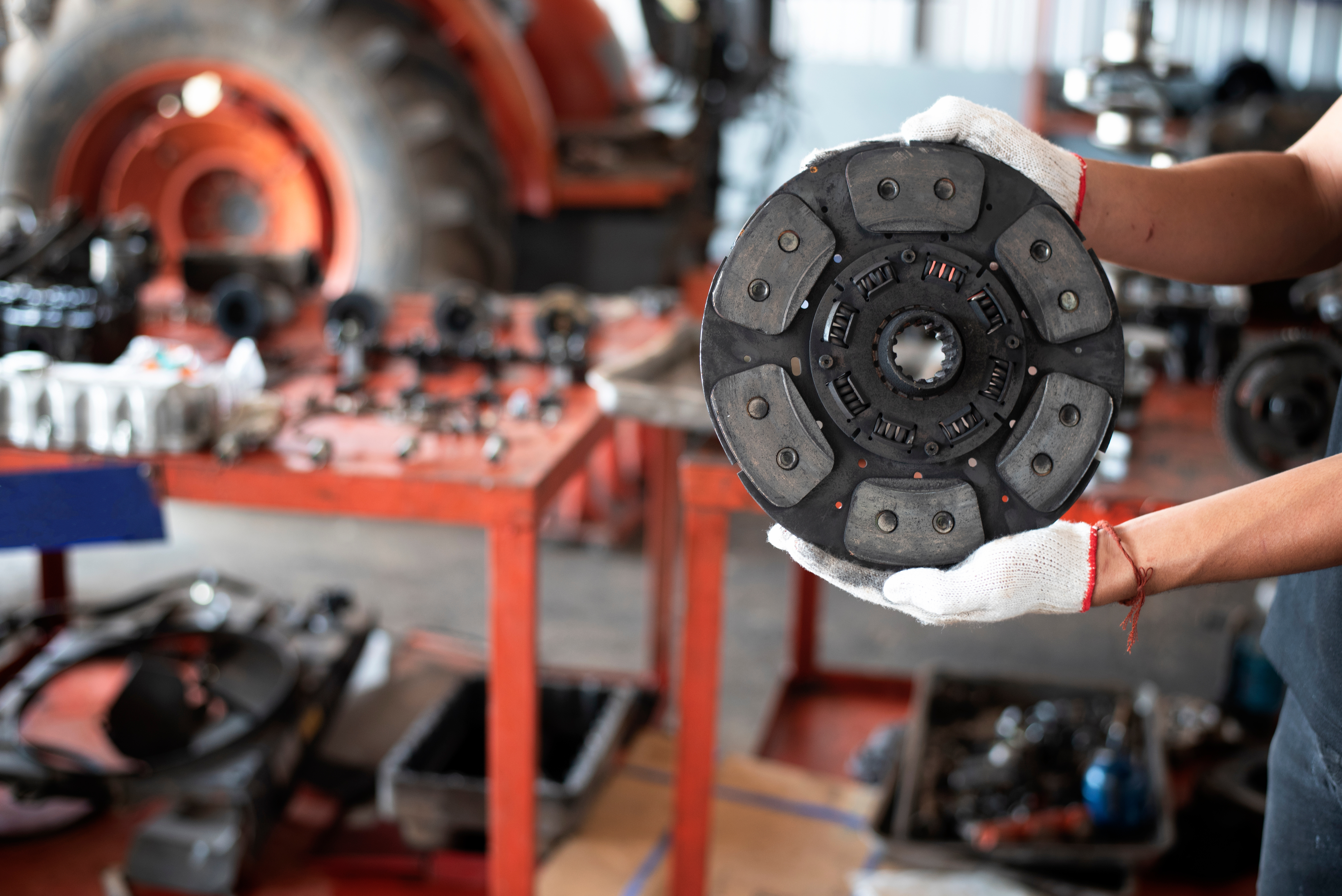
2025 Week 1
How easy is it to get hold of documents from UPC cases? The easy answer “it depends” is not very helpful. This week we weigh up all of the cases to date where public access to the UPC court file has been requested to try to find a quantitative answer.
In early 2024, there was much discussion of the rights and wrongs of allowing public access to the UPC case file, including the UPC Court of Appeal setting out their view in Ocado v Autostore in April 2024. That guidance has been applied in various ways in the cases that have followed. The general principles are easy to understand:
- Decisions and orders of the UPC are published
- Where proceedings have concluded before a particular UPC Division, any member of the public should be able to obtain copies of the written pleadings and evidence in the court file, but has to make a reasoned request
- Where proceedings are ongoing before a particular UPC Division, a member of the public must show that they have a direct legitimate interest in order to obtain copies of the written pleadings and evidence (more on this below)
- It is necessary to use a UPC representative to request access
- It is not possible to obtain copies of court documents other than written pleadings and evidence
Direct legitimate interest
We first reviewed the Ocado v Autostore decision here, and then saw how the guidance was being used in Swarco v Strabag, here. It seems that at least the UPC Local Division Vienna was being pretty strict in its requirement for a direct legitimate interest. In that case, indirect involvement (being named as a supplier of an alleged infringement) in national infringement proceedings based on the same patent was not enough for a third party to gain access to the court documents.
A more straightforward argument for a direct legitimate interest is where the third party requesting access to the UPC file has filed an EPO opposition against the same patent.
In NJOY v Juul, competitor Nicoventures had filed an EPO opposition against the same patent. The UPC Central Division Paris agreed that this was enough to merit access to the written pleadings and evidence in the ongoing UPC revocation action.
A more recent case Phoenix Contact v ILME was a little more complex. This was an ongoing action for patent infringement. The company Harting Electrical Stiftung requested access to the UPC court file. They put forward two reasons in support. The first was that they were being sued by the patentee Phoenix Contact in the German national courts using German utility models based on the original European patent application. The second reason was that they were opposing the same European patent at the EPO.
The UPC Local Division Munich specifically said that the first reason was not enough – the German utility models had a different scope of protection to the European patent, and the alleged infringement was different to the UPC infringement case. However, Harting’s involvement in the EPO opposition was enough to give them access to the UPC documents.
What do the numbers say?
We have been digging into the UPC CMS to look at every case where public access to a UPC file has been requested. There are more than 80 of these. As of 4 January 2025, there were 31 outstanding requests that had not yet been decided. Of the cases that had been decided, slightly more (31) were allowed or allowed in part than refused (22).

Most of the requests for access have been in the Local/Regional Divisions, which makes sense because these have the most UPC cases. Of the individual UPC Divisions, the CD Paris, LD Munich and RD Nordic-Baltic have seen the highest numbers of requests.

The UPC Divisions with the greatest backlog of requests are LD Munich, RD Nordic-Baltic and LD Düsseldorf.
Where a decision has been reached, the amount of time taken appears to depend on the outcome – it seems to be quicker to find a request allowable than to refuse it or to allow it in part. This also seems to tally with the degree of interest (i.e. level of objections) put forward by the parties to the proceedings:

As might be expected from the development of the case law, we have seen a shift of the outcomes of cases. Before the CoA Ocado v Autostore decision, there was about a 50:50 split between refusal and allowance of access. After that decision, a greater proportion of requests have been allowed. This is probably also influenced by UPC representatives guiding their clients as to whether a request is worth filing.

Based on the decided cases, the numbers seem to show that you are more likely to have your request for access allowed or allowed in part if you are asking the Central Division rather than a Local/Regional Division:

Intuitively, this makes sense, and is partly backed up by comments from the court in NJOY v Juul. The Central Division of the UPC deals mainly with actions for revocation. There is an argument to say that there is a more clear public interest in airing the arguments and evidence for invalidity of a patent compared with the potentially more commercially sensitive information set out in an infringement action.
New lessons learned
With this analysis, we can see that the UPC is a little slow in deciding on requests for access, and slower still where the parties resist. The guidance provided by the Court of Appeal is being deployed, but where proceedings are ongoing, there remains a high bar to show a legitimate interest in seeing the documents. So far, the only reason that has reliably worked is being a party to an EPO opposition against the same patent. Finally, getting access to UPC revocation actions seems easier than for UPC infringement actions.
Matthew is a UPC Representative and European Patent Attorney. He is a Partner and Litigator at Mewburn Ellis. He handles patent and design work in the fields of materials and engineering. His work encompasses drafting, prosecution, opposition, dispute resolution and litigation – all stages of the patent life cycle. Matthew has a degree and PhD in materials science from the University of Oxford. His focus is on helping clients to navigate the opportunities and challenges of the Unified Patent Court.
Email: matthew.naylor@mewburn.com
Sign up to our newsletter: Forward - news, insights and features
Our people
Our IP specialists work at all stage of the IP life cycle and provide strategic advice about patent, trade mark and registered designs, as well as any IP-related disputes and legal and commercial requirements.
Our peopleContact Us
We have an easily-accessible office in central London, as well as a number of regional offices throughout the UK and an office in Munich, Germany. We’d love to hear from you, so please get in touch.
Get in touch


